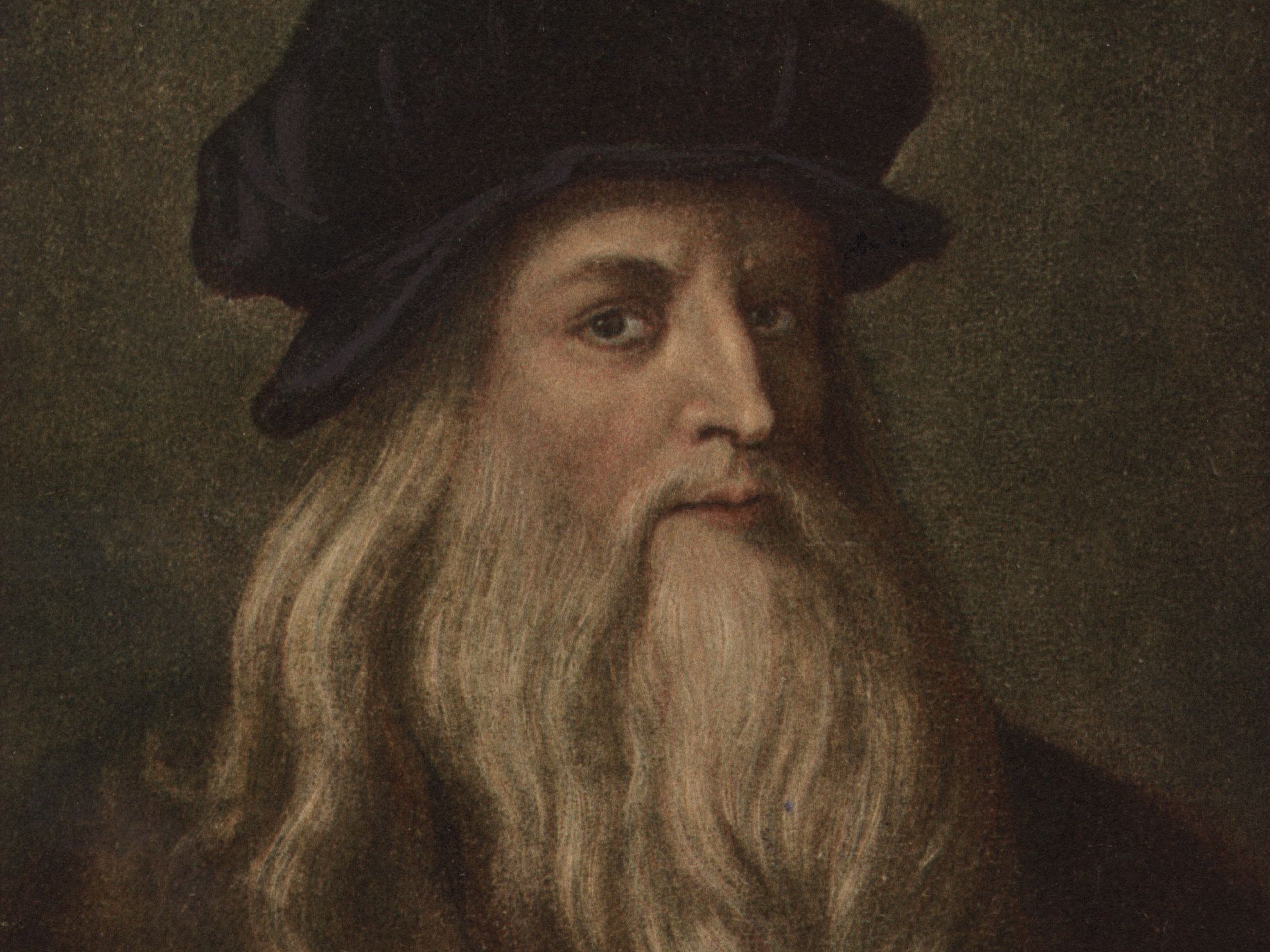Leonardo da Vinci’s sexuality: Why historians believe the famed Italian artist was gay
Artist is portrayed by Aidan Turner in a new eight-part series
Leonardo da Vinci is at the centre of a new TV series, in which the timeless artist and polymath is played by Aidan Turner.
Leonardo, which arrives on Amazon Prime this Friday (16 April), follows da Vinci throughout two decades of his life, covering his artistry and human relationships.
Much is unknown about the inner life of the artist. The series takes a speculative approach to aspects of da Vinci’s story, including a fictitious murder accusation and an almost entirely imagined relationship with a woman known as Caterina da Cremona (played by The Undoing’s Matilda de Angelis).
One part of the series that is in keeping with what historians believe about da Vinci is his sexuality. In Leonardo, the character is shown to be gay – something that chimes with the current academic consensus.
The subject of da Vinci’s sexuality has been discussed for decades, with historians, artists and even Sigmund Freud weighing in with theories about his sex life.
According to Oxford University Press’s Kandice Rawlings: “There’s no way of knowing Leonardo’s sexual orientation for sure” but “scholars’ opinions on the issue fall along a spectrum between ‘maybe’ and ‘very probably’.”
One solid indicator about the artist’s sexuality comes from a run-in with the law in 1467, when a 24-year old da Vinci was formally accused of sodomy, for allegedly consorting with a 17-year-old sex worker. However, the outcome of the charges is not known.
A controversial essay by Freud in 1910, entitled “Leonardo da Vinci and A Memory of His Childhood,” psychoanalyses the artist, positing that he was gay, but celibate.

The Guardian’s art critic Jonathan Jones wrote that da Vinci was “almost certainly gay”, but highlighted his life-long creative infatuations with women.
The recent biography of da Vinci by Walter Isaacson also agreed that the artist was likely gay.
Canadian historian Elizabeth Abbott wrote in her book A History of Celibacy concurred with this viewpoint, stating that he probably remained celibate for the majority of his life after the sodomy case.
However, other historians, such as Serge Bramly, have rejected the assumption that da Vinci was celibate.
Many historians have averred that da Vinci was romantically involved with his long-term apprentice, Giacomo Caprotti, nicknamed “Salaì” (“little devil”).
Salai lived with da Vinci for nearly two decades, and is said to have served as the model for some of his most famous artworks. In the series, he is portrayed by Carlos Cuevas.

Back in 2016, historian Silvano Vinceti hypothesised that the Mona Lisa was, in fact, a composite of both male and female models: a Florentine woman called Lisa and Salaì.
Oxford art professor Martin Kemp disputed these claims, which were based on infrared scans of the iconic painting.
Leonardo launches on Amazon Prime Video on 16 April.
Join our commenting forum
Join thought-provoking conversations, follow other Independent readers and see their replies
Comments
Bookmark popover
Removed from bookmarks